 Your new post is loading...
 Your new post is loading...

|
Scooped by
Bernadette Cassel
July 16, 2013 2:08 PM
|
Embranchement : Arthropodes
Classe : Arachnides
Ordre : Aranéides
Famille : Pholcidés Pholcus phalangioides Le pholque phalangide est très facilement reconnaissable à ses longues pattes grêles et à son corps cylindrique. Il se laisse pendre de sa toile en attendant qu'une proie vienne s'y échouer. Il l'emmaillotera alors rapidement dans du fil de soie. Malgré son aspect fragile, cette araignée est capable de tuer d'autres araignées plus impressionnantes et massives comme des tégénaires. Elle ne présente cependant aucun danger pour l'Homme, sa petite taille l'empêchant de percer la peau humaine.

|
Scooped by
Bernadette Cassel
July 11, 2013 6:26 PM
|
Rhynchophorus ferrugineus [olivier] ou charançon rouge des palmiers, est actuellement un des plus importants ravageurs des palmiers. En France fin 2009, il était répertorié dans trois régions : Corse, Languedoc-Roussillon et Provence-Alpes-Côte d’Azur.
Pour améliorer les chances de survie des arbres, il est essentiel d’intervenir le plus tôt possible et de savoir reconnaître les éléments de dépistage de la présence du ravageur.
Des informations et détails supplémentaires sur les caractéristiques des foyers de charançon rouge pourront être trouvés sur le site internet de l’INRA de Montpellier : http://www1.montpellier.inra.fr/rhynchophorus/.
(Via agrodoc_ouest sur HORTICULTURE BOTANIQUE http://www.scoop.it/u/agrodoc-ouest)

|
Scooped by
Bernadette Cassel
July 9, 2013 2:08 PM
|
Danger réel ou imaginaire ? La maladie de Lyme, transmise par les tiques, peut se déclencher des années après la morsure initiale. Ses conséquences sont-elles (...)

|
Rescooped by
Bernadette Cassel
from Le monde de l'éducation
July 8, 2013 9:36 AM
|

|
Scooped by
Bernadette Cassel
July 5, 2013 1:33 PM
|

|
Scooped by
Bernadette Cassel
July 4, 2013 9:10 AM
|
A middle-school experiment using fruit flies and organic foods has won publication in a national scientific journal and spurred a debate about the relative benefits of organic eating. When Ria Chhabra, a middle school student near Dallas, heard her parents arguing about the value of organic foods, she was inspired to create a science fair project to try to resolve the debate. Three years later, Ria’s exploration of fruit flies and organic foods has not only raised some provocative questions about the health benefits of organic eating, it has also earned the 16-year-old top honors in a national science competition, publication in a respected scientific journal and university laboratory privileges normally reserved for graduate students. The research, titled “Organically Grown Food Provides Health Benefits to Drosophila melanogaster,” tracked the effects of organic and conventional diets on the health of fruit flies. [...]

|
Scooped by
Bernadette Cassel
July 1, 2013 1:34 PM
|
When it comes to greeting their fellow insects, honeybees preferentially use their right antennae. In fact, without their right antennae, the insects may not even be able to tell friend from foe, according to a new study.

|
Scooped by
Bernadette Cassel
June 29, 2013 1:56 PM
|
(Phys.org) —A species of spider that, unusually, lives in a colony but hunts alone at night is the subject of a new study by an international team of scientists including University of Sussex biologists. By Maggie Clune, University of Sussex, 18.06.2013

|
Scooped by
Bernadette Cassel
June 26, 2013 7:43 PM
|
Scientists discovered a new species of burying beetle from the Solomon Islands Archipelago. Nicrophorus efferens was discovered when one of the authors, Tonya Mousseau, decided to look through the local museum collections during a holiday in Hawaii.
___________________________________________________________________
→ Découvrez l'histoire fascinante des nécrophores http://nature.ca/discover/treasures/anim/tr1/btl_f.cfm

|
Scooped by
Bernadette Cassel
June 25, 2013 2:21 PM
|

|
Scooped by
Bernadette Cassel
June 24, 2013 1:29 PM
|
What's that beetle doing to that beer bottle? The beetle dropped down from the sky, grabbed the bottle's bottom, keeps hugging and hugging it, even when being attacked by ants, and it won't — refuses to — let go. [Julodimorpha bakewelli, Coleoptera Buprestidae]

|
Scooped by
Bernadette Cassel
June 23, 2013 2:04 PM
|
When it comes to honey bees, more mates is better. A new study from North Carolina State University, the University of Maryland and the U.S. Department of Agriculture (USDA) shows that genetic diversity is key to survival in honey bee colonies – a colony is less likely to survive if its queen has had a limited number of mates. “We wanted to determine whether a colony’s genetic diversity has an impact on its survival, and what that impact may be,” says Dr. David Tarpy, an associate professor of entomology at North Carolina State University and lead author of a paper describing the study. “We knew genetic diversity affected survival under controlled conditions, but wanted to see if it held true in the real world. And, if so, how much diversity is needed to significantly improve a colony’s odds of surviving.”

|
Scooped by
Bernadette Cassel
June 23, 2013 6:45 AM
|
D’année en année, la diminution du nombre d’abeilles compromet sérieusement la pollinisation et donc la production agricole. Ce service que nous rend la nature a donc un impact économique considérable. Jean Michel Salles, économiste de l’environnement au Laboratoire montpelliérain d'économie théorique et appliquée, s’intéresse aux risques du déclin de la pollinisation sur la production agricole. Cette perte est évaluée en valeur économique. Le chercheur s'interroge sur les conséquences de cette menace, sur les consommateurs.
|

|
Scooped by
Bernadette Cassel
July 14, 2013 1:07 PM
|
Un appel au public pour mieux comprendre nos forêts Afin de vous aider à participer à l’opération, différents outils sont disponibles en téléchargement. N'hésitez pas à les imprimer et à les emporter avec vous lors de vos balades en forêt ! • Des cartes postales
• Des fiches d'identification
• Des fiches d'observation
• Des fiches pour éviter les risques de confusion
• Une affiche
• Des flyers

|
Rescooped by
Bernadette Cassel
from Mes passions natures
July 10, 2013 11:09 AM
|
Une micro biodiversité qui nous voudrait plutôt du bien… à explorer, comprendre, s’en émerveiller, en agrandir les connaissances, commençant auprès (...)
Via Bourdoncle

|
Scooped by
Bernadette Cassel
July 9, 2013 6:10 PM
|
There are more than 1700 different invertebrate species in Britain and Ireland which are dependent on decaying wood in order to complete their life cycles (Alexander, in prep. The invertebrates of living & decaying timber in Britain & Ireland). This represents about 6% of the entire British invertebrate fauna - wood-decay is a major resource! That means more than 1700 different life styles, since each species has very particular requirements. These statistics really bring home just how diverse a habitat wood-decay can be.
The keys to understanding the ecology of these invertebrates is to develop an understanding of the two key processes involved: the aging process of woody plantsthe process of wood decay.

|
Scooped by
Bernadette Cassel
July 6, 2013 6:35 PM
|
Unique en France, venez à la rencontre des amphibiens et des invertébrés et découvrez leur diversité incroyable et leur importance écologique.

|
Rescooped by
Bernadette Cassel
from Geoprocessing
July 4, 2013 12:40 PM
|
The USA National Phenology Network's Phenology Visualization Tool helps monitor the influence of climate on the phenology of plants, animals, and landscapes in the U.S.. The site allows users to select a plant or animal and view where that species has been reported on a Google Map. It is then possible to view an animation of the species' phenology (phenology refers to recurring plant and animal life cycle stages) through time. It is also possible to view climate data on the same map. Users can view maximum temperature, minimum temperature and precipitation either by month or annually. If you animate species data through time, with climate visible, you will see the climate data on the background change alongside the phenology data...
Via Elpidio I F Filho

|
Scooped by
Bernadette Cassel
July 3, 2013 4:52 PM
|
Ce diaporama présente des images détaillées d'insectes forestiers que l’on retrouve au Canada. Pour obtenir une image précise de ces insectes, une camera numérique a été montée sur un microscope. Les diverses parties des insectes ont été photographiées et assemblées électroniquement pour donner une image complète, détaillée et nette de l’insecte.

|
Scooped by
Bernadette Cassel
June 30, 2013 2:39 PM
|
The turtle shell orchid is a dainty yellow beauty—and also an identity thief, according to a new study. The flower (Rossioglossum ampliatum, above right) is a member of the Oncidiinae group of orchids in the tropical Americas. Most don't make nectar, so they lure pollinators by trickery.

|
Scooped by
Bernadette Cassel
June 28, 2013 7:07 PM
|
Incredible! A predatory bird aiming at an apparent moth body will find little more than the empty space between the butterfly’s hindwings, giving our upside-down trickster a chance to escape.

|
Scooped by
Bernadette Cassel
June 23, 2013 6:34 PM
|
June 21-25, 2013
Meeting and Conference Center
Snowbird, Utah, USA
Evolution 2013 is the joint annual meeting of the Society for the Study of Evolution (SSE), the Society of Systematic Biologists (SSB), and the American Society of Naturalists (ASN), on June 21-25, 2013, at the Snowbird Alpine Village. The Evolution Conference This meeting is the premier annual opportunity for sharing scientific research related to evolution. Symposia presentations, concurrent contributed papers, and poster sessions will be presented by the 1,400 expected participants. [...] Evolution 2013 meets jointly with the iEvoBio conference, which brings together biologists interested in evolution, systematics, biodiversity, software, and mathematics. The program for iEvoBio can be viewed HERE. [...]

|
Scooped by
Bernadette Cassel
June 25, 2013 9:49 AM
|
Identifying common garden butterflies by wing colour and markings.

|
Scooped by
Bernadette Cassel
June 23, 2013 7:05 PM
|
A new study shows that the predator-prey relationship can affect the flow of carbon through an ecosystem. This previously unmeasured influence on the environment may offer a new way of looking at biodiversity management and carbon storage for climate change. The study, conducted by researchers at the Yale School of Forestry & Environmental Studies, comes out this week in the Proceedings of the National Academy of Sciences. It looks at the relationship between grasshoppers and spiders -- herbivores and predators in the study's food chain -- and how it affects the movement of carbon through a grassland ecosystem. [...]

|
Scooped by
Bernadette Cassel
June 23, 2013 7:14 AM
|
So a very cool bug photo has been circulating on the web: I've seen it on Tumblr, Facebook, Pinterest and Twitter. It's a pretty darn great photo: Let's zoom in on that a little, shall we? Well, my...
|



 Your new post is loading...
Your new post is loading...



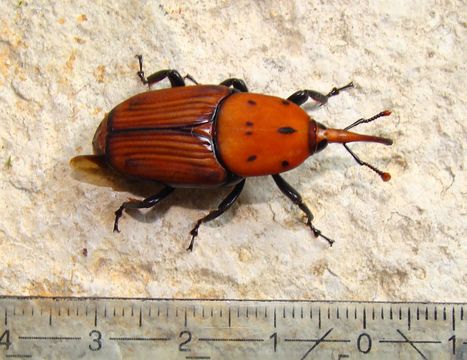

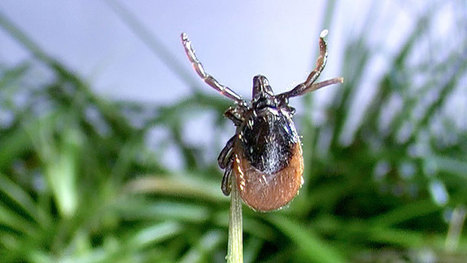

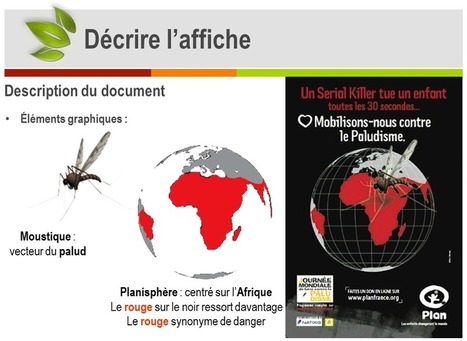




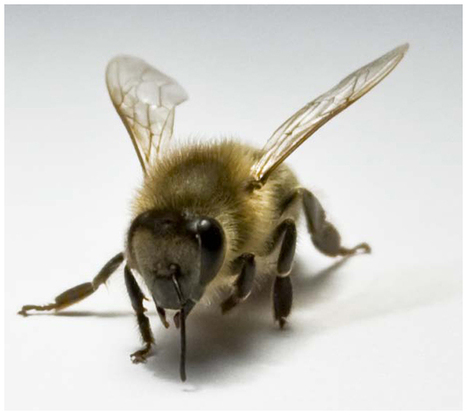
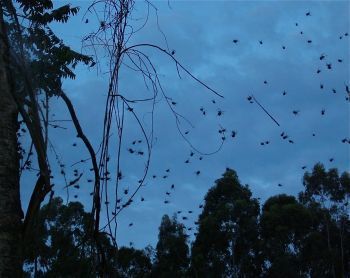
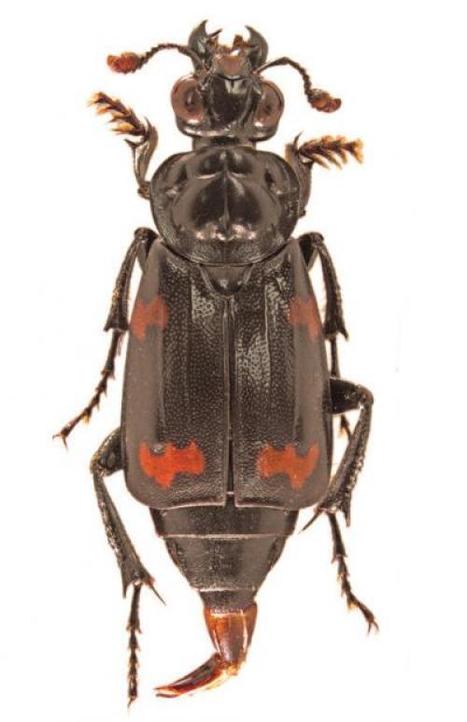
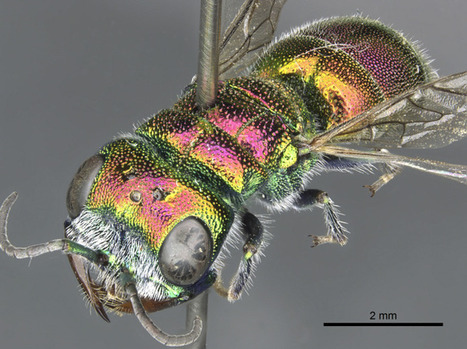
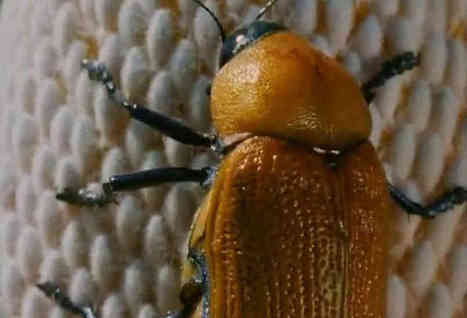
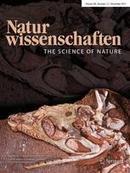
![[Vidéo - 2011] Quel est le prix des abeilles ? | Insect Archive | Scoop.it](https://img.scoop.it/98yEvG11_mQ9fk9ieeBKLjl72eJkfbmt4t8yenImKBVvK0kTmF0xjctABnaLJIm9)
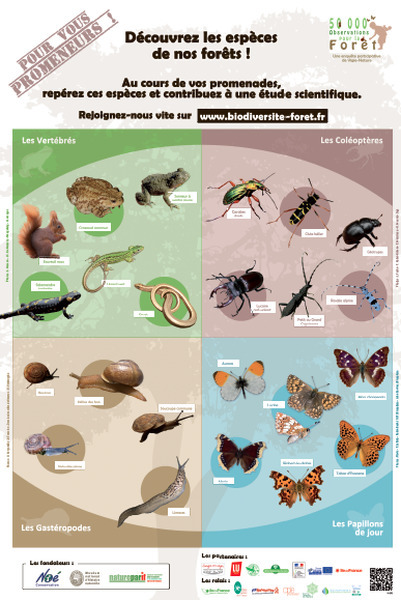








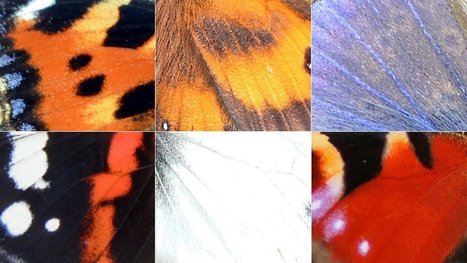
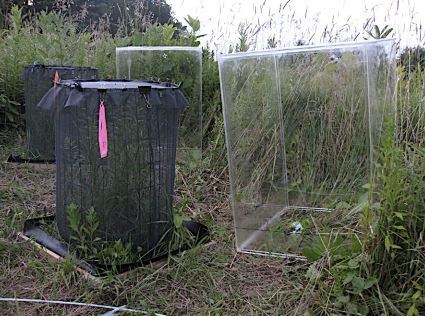
![[2012] Poop, not parasites | Insect Archive | Scoop.it](https://img.scoop.it/KlQosinCUqv7iOGgkbYlGzl72eJkfbmt4t8yenImKBVvK0kTmF0xjctABnaLJIm9)





Curieux de nature - Galerie et blog animaliers
→ Présentation
http://www.curieux-de-nature.com/index.php?page=presentation
→ Index des espèces par nom français
http://www.curieux-de-nature.com/index.php?page=listeindex